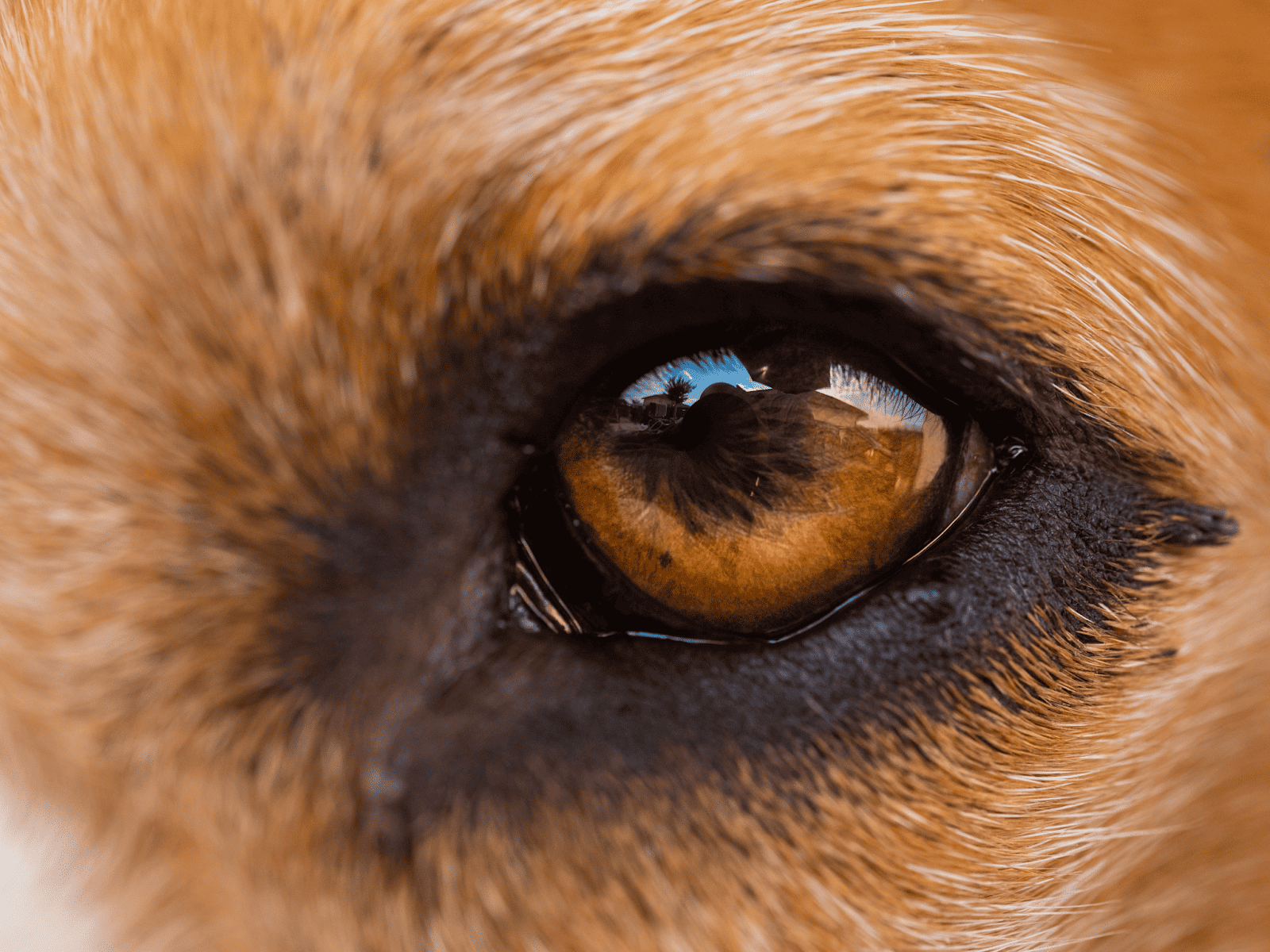Paw Pad Burns: What to Do & How to Protect Your Pooch
Paw pads are made of skin cells, just like the skin on our hands. That means they’re susceptible to injury and overuse – including burns from contact with hot surfaces. They also play a key role in protecting your dog’s feet and tendons. As temperatures rise and time outdoors skyrockets, it’s more important than ever to be aware of paw pad burns, what causes them, and how to avoid them.
What Causes Paw Pad Burns?
Most cases of dog paw paw burns are caused by high temperatures. On hot, sunny days during the summer, the pavement our dogs walk on can quickly and easily reach dangerous temperatures.
Dogs can also get paw burns from extremely cold temperatures, particularly if they walk over salt used to melt ice. Paw injuries may likewise occur if your furry friend comes into contact with any strong chemical agents.
How hot is too hot for dog walks?
When ambient temperature exceeds 85°F (29°C), it’s hot enough for your dog to get paw burns from concrete and asphalt. So, if the temperature near you reaches or surpasses this threshold, it’s probably too hot to take your dog for a walk.
Signs of Paw Pad Burns to Look For
Since paw pad burns can be extremely painful, it’s important to take signs of them seriously. If you notice any of the following warning signs of burnt dog paws, get your pet off any hot surfaces as soon as possible:
- Limping
- Refusing to walk
- Excessive licking or biting of the paws
- Visible blisters
- Discolored paw pads or paws that look darker than usual
- Extreme redness and swelling
- Missing skin
- Missing parts of the paw pad
How to Protect Your Dog from Paw Pad Burns & Injuries
Keep your four-legged friends safe from paw pad injuries this summer and all year round with these essential tips:
- Perform a 10-second test on surfaces. On warm days, place your hand or bare feet on the pavement for about 10 seconds. If it’s too hot for you to touch for that long, it’s too hot for your pets, too.
- Time your walks for cooler temperatures. Avoid walking your pet at the hottest time of day, and try to schedule walks during cooler periods, like during the late evening.
- Stick to the grass. On warmer days, your dog can still enjoy the outdoors by staying in grassy areas like parks.
- Consider dog booties. If you can’t avoid hot surfaces on your walks or want to be extra cautious, you can get some dog boots to protect your pet’s paws.
How to Treat Dog Paw Burns
If you believe your dog’s paws may have been injured by hot pavement, the first thing you should do is assess the severity of the burn, if possible.
- First-degree burns are the mildest and cause light pink to red skin, slight swelling, and skin sensitivity.
- Second-degree burns are more severe and usually cause more severe swelling, blistering, and tough skin that may ooze fluid.
- Third-degree burns are usually considered a medical emergency. These burns are severe and cause necrosis (death) of nearby tissue, which may lead the skin to crack and ooze pus or fluid.
Mild first-degree paw burns might respond well to at-home treatment. Here are a few things you can do to keep your pet comfortable and help their paws heal quickly:
- Soak your dog’s paws in cool (NOT ice) water or apply cold compresses to the area for at least 30 minutes
- Disinfect the paws and pat them dry.
- Cut away hair around the paws to prevent infection before bandaging them or covering them with socks to prevent licking.
When Should You Go to the Vet for Paw Burns?
If your dog’s paws don’t look better after a day of at-home care, it’s time to take them to the vet. Likewise, if your dog has burns any more severe than a mild first-degree burn, it’s best to head straight to the vet. This is especially true if you notice other signs your pet needs emergency veterinary care, like sudden changes in mobility or collapsing.
Even if you’re not sure if your dog is experiencing a paw burn, if your pet seems uncomfortable or is struggling to get away, you should still visit a vet for pain relief.
Count on Violet Crown as Your Austin Emergency Vet Clinic
Sometimes, small mistakes – like spending too much time outside on a hot day – can quickly cause our pet’s health to take a turn for the worse. But taking action quickly makes a huge difference.
When you need to visit an emergency vet in Austin, TX, look no further than Violet Crown Veterinary Specialists. We know that taking care of a potential emergency for your pet can be scary. Our mission is to help pet lovers access compassionate, effective care from the area’s leading veterinary professionals.
Don’t wait to seek the help your furry friends need. Contact us or call our Austin emergency vet clinic at (512) 284-2877 today for 24/7 urgent and emergency care.
Count on Violet Crown as Your Austin Emergency Vet Clinic
Sometimes, small mistakes – like spending too much time outside on a hot day – can quickly cause our pet’s health to take a turn for the worse. But taking action quickly makes a huge difference.
When you need to visit an emergency vet in Austin, TX, look no further than Violet Crown Veterinary Specialists. We know that taking care of a potential emergency for your pet can be scary. Our mission is to help pet lovers access compassionate, effective care from the area’s leading veterinary professionals.
Don’t wait to seek the help your furry friends need. Contact us or call our Austin emergency vet clinic at (512) 284-2877 today for 24/7 urgent and emergency care.


